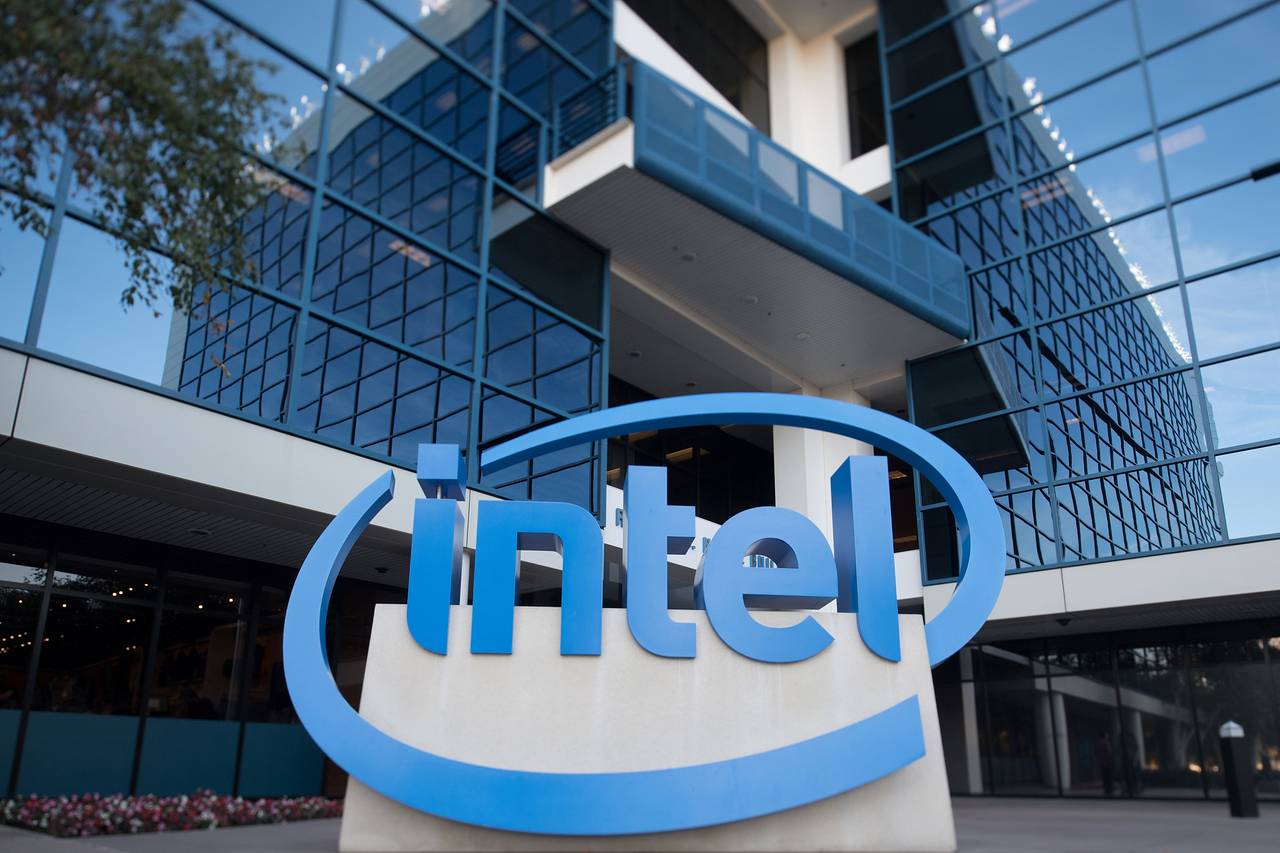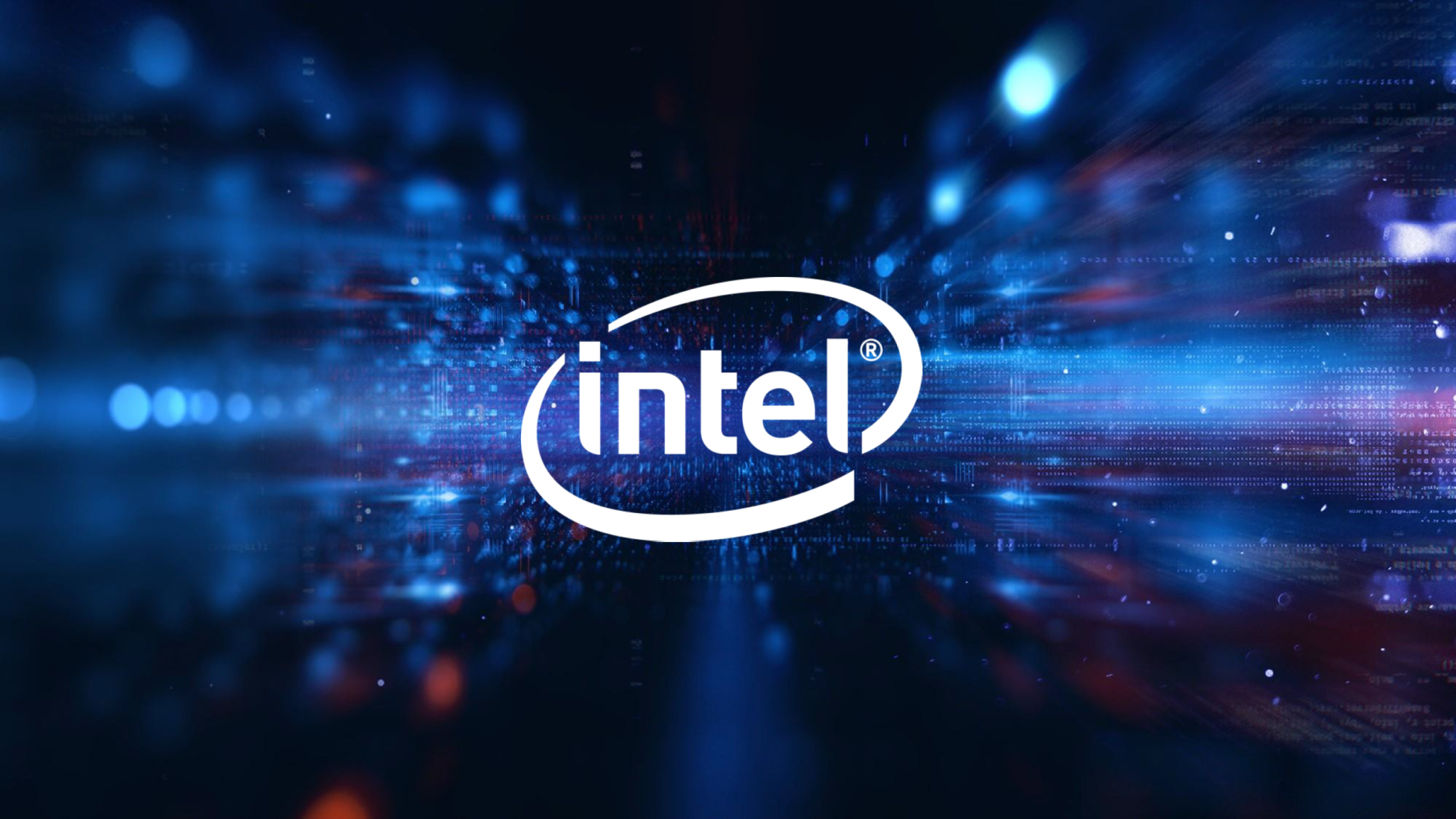Intel’s Turnaround Plan: Significant Job Cuts and Dividend Suspension

Intel (INTC.O) announced on Thursday it would cut over 15% of its workforce, approximately 17,500 people, and suspend its dividend starting in the fourth quarter as part of a turnaround strategy aimed at addressing its struggling manufacturing business. The company also forecasted third-quarter revenue below market estimates, citing a decline in spending on traditional data center semiconductors and a shift toward AI chips, where it lags behind competitors.
Shares of the Santa Clara, California-based company plummeted 20% in extended trading, potentially wiping out more than $24 billion in market value. This drop follows a 7% decline earlier on Thursday, triggered by a conservative forecast from Arm Holdings. Despite Intel’s struggles, AI leaders Nvidia (NVDA.O) and AMD (AMD.O) saw after-hours gains, highlighting their advantageous positions in the booming AI market.

CEO Pat Gelsinger emphasized the need for a leaner headquarters and more field support for customers. Regarding the dividend suspension, Gelsinger stated, “Our objective is to … pay a competitive dividend over time, but right now, focusing on the balance sheet, deleveraging.”
Intel, employing 116,500 people as of June 29, aims to complete the majority of job cuts by the end of 2024. In April, it had declared a quarterly dividend of 12.5 cents per share.
In the midst of a turnaround plan, Intel is focusing on developing advanced AI processors and enhancing its for-hire manufacturing capabilities, seeking to regain its technological edge from Taiwan’s TSMC (2330.TW). This initiative has increased costs and pressured profit margins, prompting Intel to announce plans to reduce operating expenses and capital expenditures by over $10 billion in 2025.
Michael Schulman, chief investment officer of Running Point Capital, commented, “A $10 billion cost reduction plan shows that management is willing to take strong and drastic measures to right the ship and fix problems. But we are all asking, ‘is it enough’ and is it a bit of a late reaction considering that CEO Gelsinger has been at the helm for over three years?’”
As of June 29, Intel had $11.29 billion in cash and cash equivalents and total current liabilities of about $32 billion. The company’s lagging position in the AI chip market has resulted in a more than 40% drop in shares this year.
For the third quarter, Intel expects revenue between $12.5 billion and $13.5 billion, falling short of analysts’ average estimate of $14.35 billion, with an expected adjusted gross margin of 38%, below market expectations of 45.7%.
Analysts predict that Intel’s turnaround plan for the foundry business will take years to materialize, with TSMC expected to maintain its lead. Despite a 9% growth in the PC chip business in the April-June quarter, profitability remains a concern due to high production costs.
Bob O’Donnell, chief analyst at TECHnalysis Research, noted, “The irony is that … their first AI PC-focused processors are selling much better than expected. The problem is that the costs for those chips are much higher, meaning their profitability on them isn’t great.” He added that the decline in the data center business highlights Intel’s challenges in the AI infrastructure market dominated by non-Intel GPUs like those from Nvidia.
Intel’s data center business saw a 3% decline in the quarter. CFO David Zinsner indicated weaker consumer and enterprise spending in the current quarter, particularly in China, exacerbated by revoked export licenses impacting sales.
In response, Intel is slashing investments, expecting to cut capital expenses by 17% in 2025 year-on-year to $21.5 billion, based on the midpoint of its forecasted range, with costs remaining roughly flat in 2024.





















